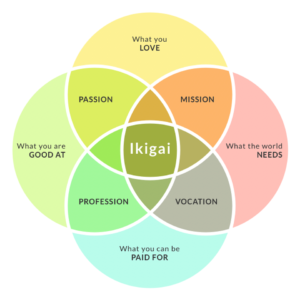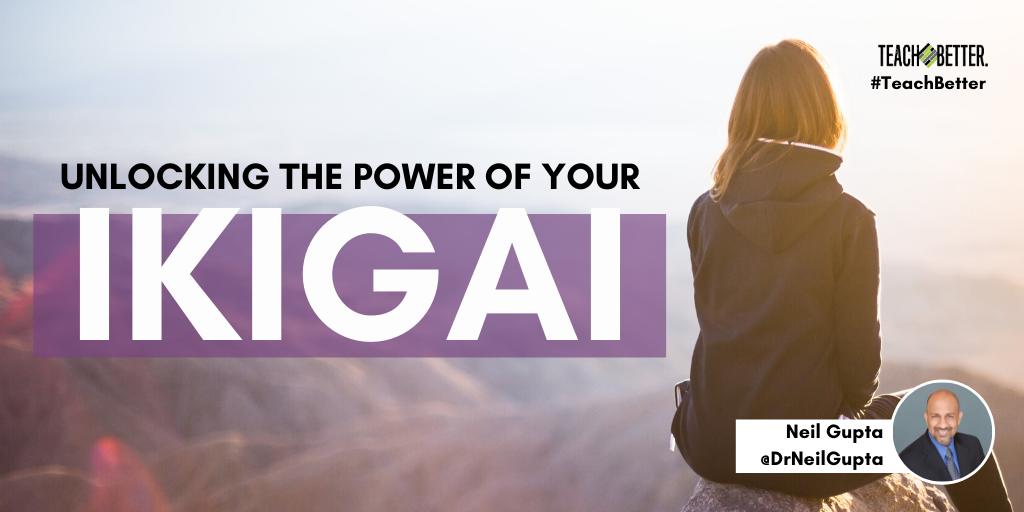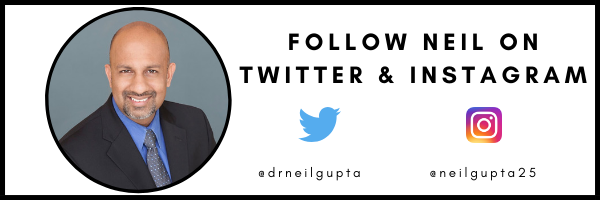In This Post:
- An introduction to ikigai, the Japanese notion of living your why.
- Steps to identify your ikigai.
- Self-reflection questions to ensure you find and maintain your ikigai.
Long before Simon Sinek shared about the importance of “knowing your why”, the Japanese gave birth to a concept that encapsulated a power. This power unlocked the pursuit of the heart. If you dredge up the memories from the Karate Kid Part 2 movie, Daniel accompanied Mr. Miyagi to Okinawa, an island off from Japan.
In Okinawa, we get a glimpse of the relaxed tempo compared to the everyday hustle from the United States. It’s not just that the Japanese move slower on the island. They are also more deliberate in their approach to work, life, and even breathing. It’s no wonder that studies have shown these islanders to live longer than other people groups!

The Japanese concept is known as ikigai (pronounced ee-kee-guy). Dan Buettner, author of Lessons on Living Longer from the People Who’ve Lived the Longest, summarized the ikigai concept as the intersection between a person’s values, things he or she likes to do, and things he or she is good at doing. Check out Dan Buettner’s TedX talk, How to Live to Be 100+.
What is Ikigai?
The true concept is a convergence of four primary elements:
- What the world needs (your mission)
- What you love (your passion)
- What you can get paid for (your profession)
- What you are good at (your vocation)
Roughly translated as a “reason for being”, ikigai is a way of living. The harmony of being in the center of the four elements is the goal. Here’s my ikigai:
To inspire others in coming together by helping each other achieve our dreams.
Check out @myinnercreative for their comprehensive worksheet in discovering your ikigai: My Inner Creative Ikigai Worksheet
Too often, individuals focus on only two or three of the areas, and live in frustration, anxiety, and stress. As adults, we tend to lead from a standpoint of money or passion, but we don’t look for ways to connect them. If we couple things we are good along with a missional mindset, we begin living in our sweet-spot.
Here are three self-reflection questions to help you find, and maintain, your ikigai.
Have I taken the time to honestly reflect on my mission, passions, profession, and vocation?
When I coach leaders, there is a tendency to have deep understanding of two or three of the areas, but time has not been spent in reflecting on all four areas. And, when a leader is able to list things in each of the four areas, their voice tends to waver in one or two of them. You can’t escape your ikigai. For the sake of your happiness, be honest with yourself.
Am I making decisions based on my ikigai?
Once a leader identifies their ikigai, it needs to be posted and constantly reviewed. Decisions need to be based on your ikigai. If a decision could potentially remove you from your center, you need to abstain from it to the best of your ability.
Too often, leaders will be swayed by money, a fancy title, or even praise that take themselves from their center. It’s important to keep yourself in check by making decisions that allow you to stay centered.
When we identify our existence based on what we do, we get trapped. Click To Tweet
How can I change my mindset that what I get paid for isn’t my ikigai?
I’ve seen leaders in every tax bracket unhappy because they’ve made it their goal or outlook to focus on money or their job. When we identify our existence based on what we do, we get trapped.
Simon Sinek shares the need to clarify the proper response to “what do you do” with a switch from your occupation and title to your purpose. Check out Simon’s video here: Start with Why: Answering the question “What do you do?”
It takes practice, but being able to respond with your ikigai to the question of what you do keeps yourself centered with your true purpose. When this happens over time, a shift takes place. In this shift, we get up each morning and instead of thinking, “I have to go to work” we think, “I get to live out my life”.
There’s a misconception that your ikigai is static; it’s not. Rather, it’s flexible and can change over time. What you found passion in at age 20 may not be the same at age 30. The vocation that brought you joy at age 32 may not be the one you look forward to at age 36.
You have the ability to make changes. You don’t have to feel any regret or judgement to keep one for life. The goal is to ensure you are living in the center of four areas. And, when you have it, help others to seek and maintain theirs!
Final Note: To educators working with students – how cool would it be to share the ikigai diagram with your students and help them to discover their center?
[scroll down to keep reading]
ABOUT NEIL GUPTA
Dr. Neil Gupta has served as a teacher, building administrator, and district-level administrator for over 20 years. Neil has presented at the state, national, and international level in the areas of leadership and coaching. Dr. Gupta has a passion for coaching leaders and working with teams employing effective strategies. Dr. Gupta is also a member of the Teach Better Speakers Network.




